 Abraham Lincoln
If given the truth, the people can be depended upon to meet any national crisis...
Abraham Lincoln
If given the truth, the people can be depended upon to meet any national crisis...
 Guildford news...
for Guildford people, brought to you by Guildford reporters - Guildford's own news service
Guildford news...
for Guildford people, brought to you by Guildford reporters - Guildford's own news service
Birdwatcher’s Diary No.36
Published on: 26 May, 2013
Updated on: 26 May, 2013
By Malcolm Fincham
A rather pleasant Sunday morning on May 12 tempted me out on a walk around Stoke Reserve. At Stoke Lock more than 100 swifts could be seen over the sewage works feeding on flying insects drawn up from the sewage beds by the warmth of the sun.
It was a most welcome sight especially as it was quite rare for me to see so many swifts in one location. They had almost certainly just arrived from Africa and had found it a great place to feed before dispersing and pairing up in hope to find a place to breed often in the same places they used last year, finding gaps in roofs of older buildings.
Apart from breeding times, these birds spend their life on the wing travelling at speeds of up to 70mph making them not too easy to get photos of. It was certainly a challenge getting the one seen here.
Another welcome sight that morning was the return of our common terns having also travelled all the way back from Africa. These two birds are most probably the same ones that bred here last year and successfully raised three young.
That same day I was pleased to witness two parent grey wagtails close to Stoke Lock, both catching flying insects including bees and wasps and returning to their nest site to feed to their young.
Although throughout the following week I was unable to spy anything out of the ordinary, and the weather was often not at its best for photos, I was pleased to be able to see that some of the young grey wagtails fledged their nest and by the end of the week an additional four or more fledglings could be seen feeding around the area of Stoke Lock Cottage.
Also on Stoke Lake two families of Canada geese had united possibly for added protection from predators including the sparrowhawk that occationally takes delight in patrolling the area.
Sunday, May 19, was another day of sunshine with temperatures touching the dizzy height 19c [66f]. This gave me a great opportunity to try to weave some magic with my camera.
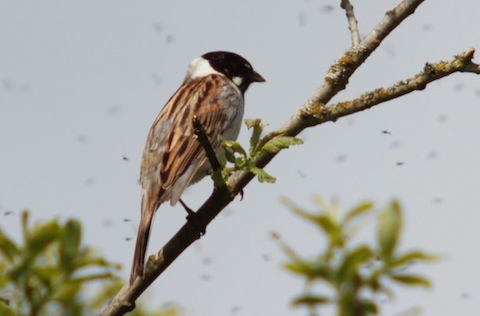
Reed buntings can regularly seen from the new boardwalk at the Riverside nature reserve at Stoke Lake.
Although most of the pictures were of birds I have already shown in my previous reports, and although a lot of patience was involved at times, I was quite pleased with some of the results.
The warm sunshine also gave me the chance to see and photo my first damselfly of the year which also happened to be the only one I saw that day.
A few orange tip butterflies where also drawn out by the warmth of the day and although the males seemed too apprehensive to settle long enough for me to get a decent picture, I took some nice female orange tip photos – try saying that after a couple of whiskies!
On Tuesday, May 21, I took a late evening cycle across Whitmoor Common in hope to see my first nightjar of the year only to wish I had gone a little earlier that evening.
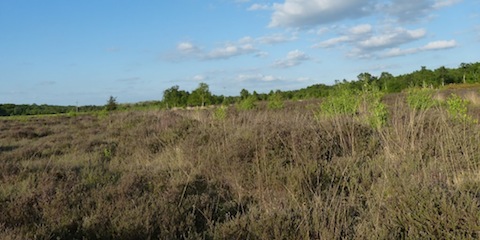
A view across Whitmoor Common, Worplesdon. It means ‘white moor’ and gets it name as the outcrop of the Bgashot beds sand here is almost white in appearance.
Near to the car park in Salt Box Road (just as this time last year) I again heard a cuckoo. Following the sound I managed to locate him high in a silver birch, unfortunately on this occasion the light had faded too much for a picture.
However, I was pleased to hear the churring sound of a distant nightjar. Following the direction of the sound, and although just a brief view, I could distinctly recognise it as a male by its white wing tips as it flew over me – wings fluttering like a giant butterfly. I unable to get any photos or film of my own. But here are a couple of rare clips to show this amazing nocturnal bird. Click here and click here.
I also wrote about in my report No 6 last year. Click here to view.
They say if you hold a couple of white hankies and jump up and down flapping them its quite possible to attract a nightjar for a closer view. However, even I’m not mad enough to try that one!
The following evening I returned to Whitmoor Common a little earlier in the evening. Although I had no luck in seeing or hearing the cuckoo, it did give me the opportunity to see what else was about. It was pleasing to hear at least four willow warblers singing in various areas among the silver birch and oak trees, however they had become a lot harder to spot since my visit back in April now that the trees are in full leaf.
I also picked out several common whitethroat as I toured the the boarders to the heathland – but alas no lesser whitethoat.
On the heathland a number of meadow pipits could be seen flying up into the sky calling, only to float back down as if attached to some kind of parachute, occasionally settling on a telegraph wire or a tree stump allowing me to take a photo.
A small group of linnets were a pleasing sight, as always, especially as they have declined greatly in the last 30 years and have become another species on the RSPB’s ‘red list’.
It was also good to see mistle thrush in good numbers too. I counted at least five in the area. And as well as many more common species, to end the day a kestrel arrived too, in hope of catching supper before the sun went down. By then I’d totally forgotten about the disappointment of not seeing the cuckoo.
Recent Articles
- Burglar Jailed Thanks To Quick Action of Ash Resident
- Highways Bulletin for December
- Birdwatcher’s Diary No.318 Some Pre-Christmas Rambles
- Merry Christmas and a Happy New Year to All Our Contributors and Readers!
- More Units Added to Solums’s Station Redevelopment
- Vehicle Stop on Epsom Road Leads to Prolific Drug Gang Being Put Behind Bars
- Local Political Leaders Respond to Publication of the English Devolution White Paper
- Flashback: Guildford All Lit Up For Christmas – Then And Now
- City Earn Themselves a Three Point Christmas Present
- Mayor’s Diary: December 23 – January 4


Search in Site
Media Gallery
Dragon Interview: Local Artist Leaves Her Mark At One of England’s Most Historic Buildings
January 21, 2023 / No Comment / Read MoreDragon Interview: Lib Dem Planning Chair: ‘Current Policy Doesn’t Work for Local People’
January 19, 2023 / No Comment / Read MoreA3 Tunnel in Guildford ‘Necessary’ for New Homes, Says Guildford’s MP
January 10, 2023 / No Comment / Read More‘Madness’ for London Road Scheme to Go Ahead Against ‘Huge Opposition’, Says SCC Leader
January 6, 2023 / No Comment / Read MoreCouncillor’s Son Starts Campaign for More Consultation on North Street Plan
December 30, 2022 / No Comment / Read MoreCounty Council Climbs Down Over London Road Works – Further ‘Engagement’ Period Announced
December 14, 2022 / No Comment / Read MoreDragon Interview: GBC Reaction to the Government’s Expected Decision to Relax Housing Targets
December 7, 2022 / No Comment / Read MoreHow Can Our Town Centre Businesses Recover? Watch the Shop Front Debate
May 18, 2020 / No Comment / Read More



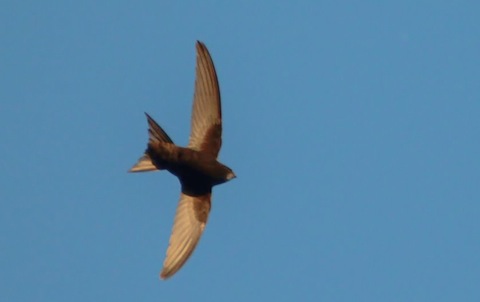
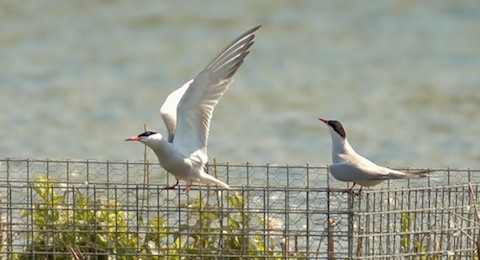
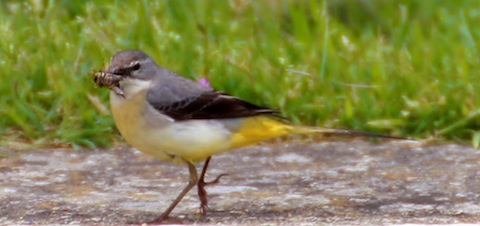
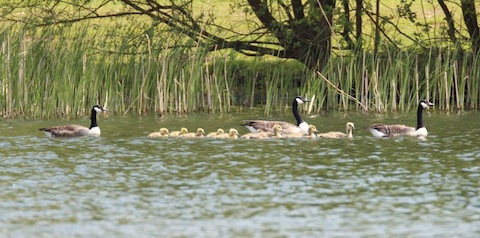

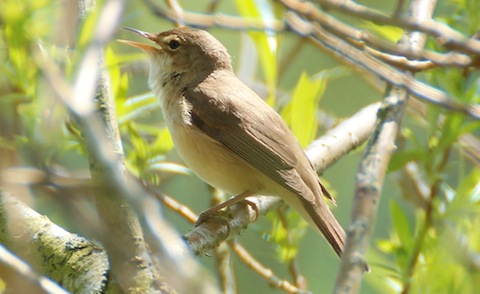

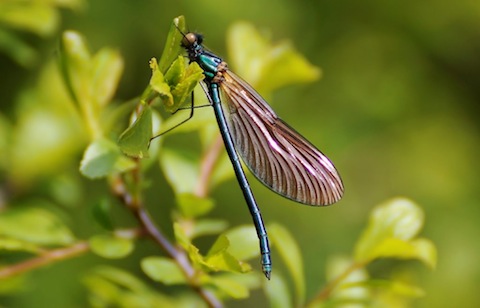

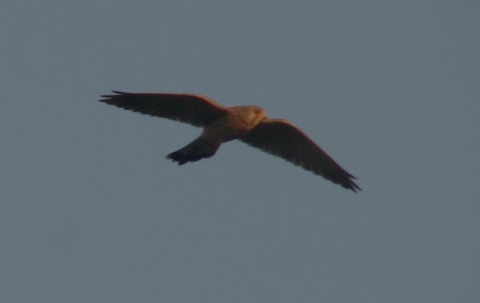
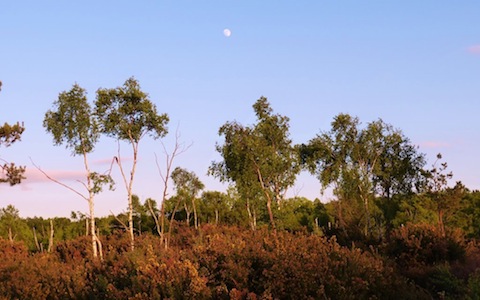
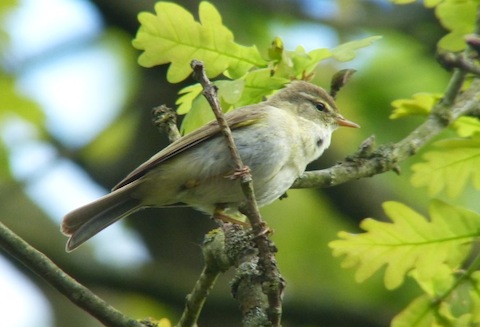
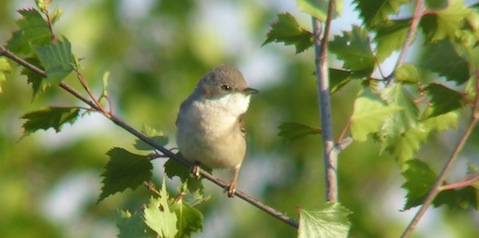
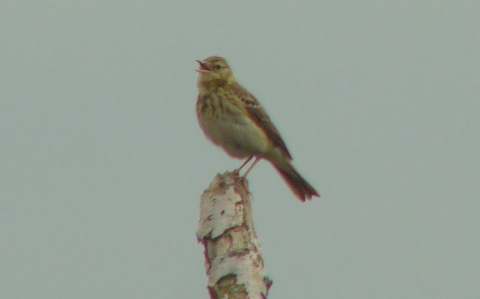
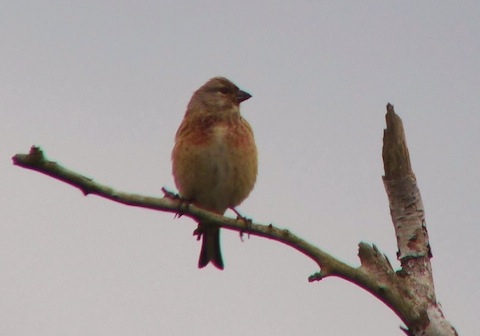
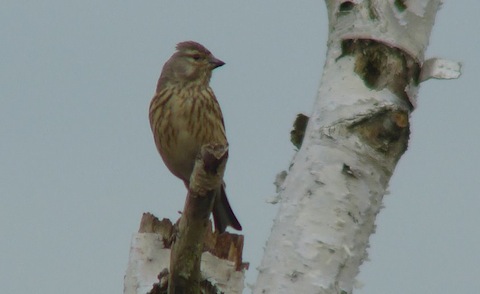









Recent Comments